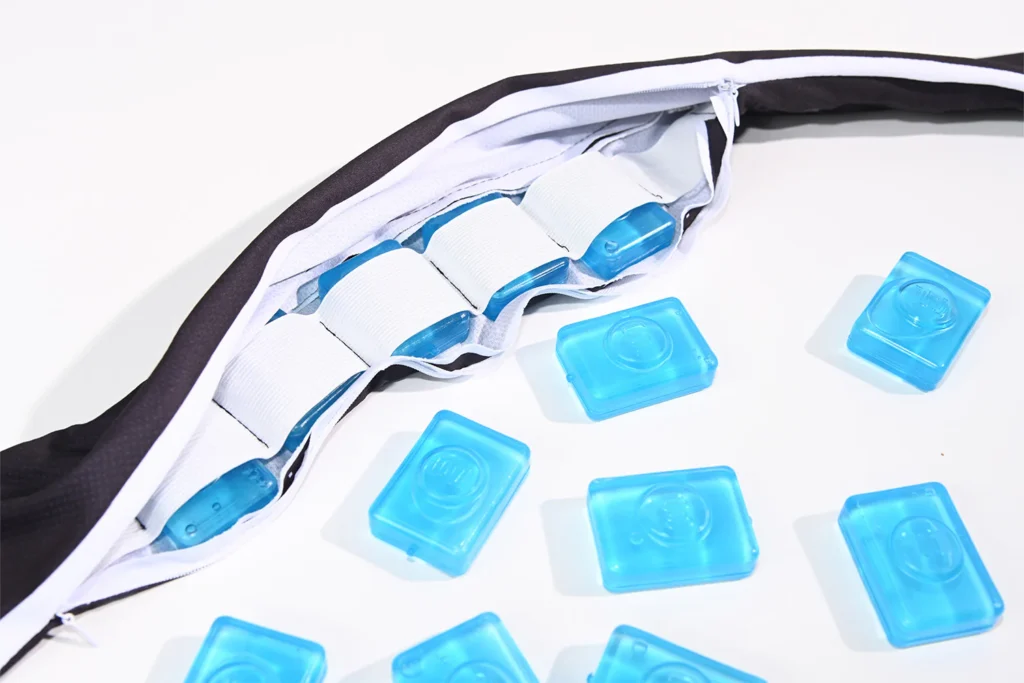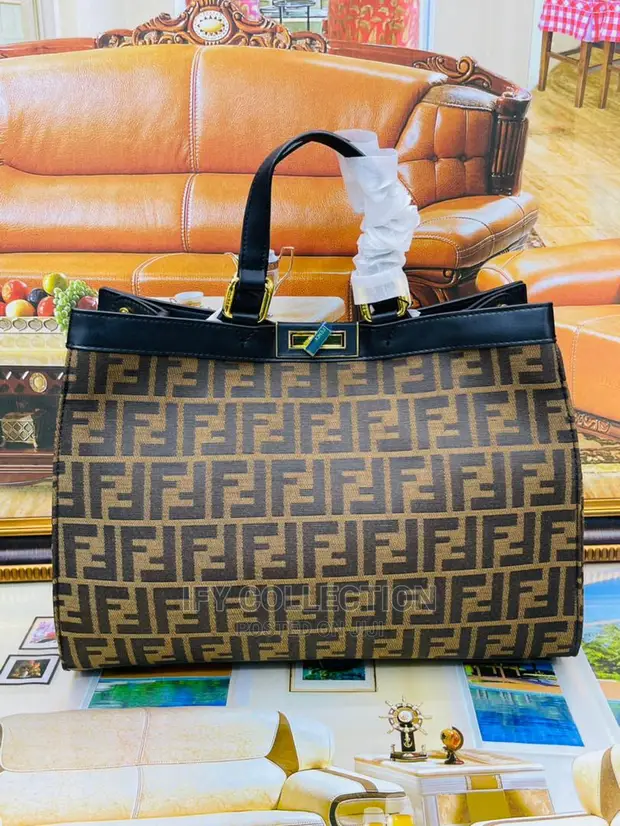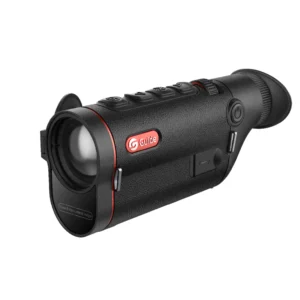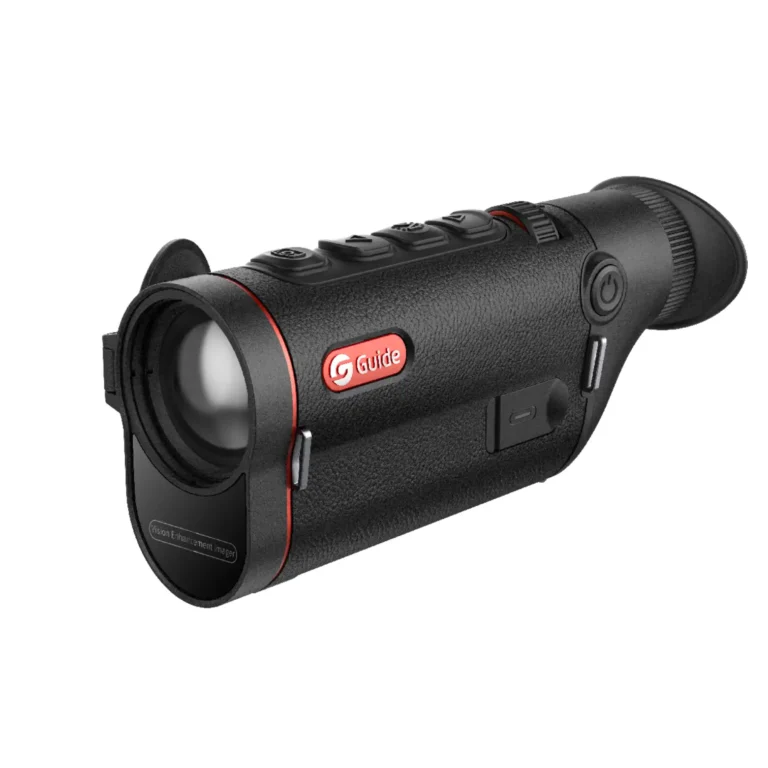In recent years, the demand for cooling fabric clothing has surged as people seek better ways to stay comfortable in rising temperatures and active lifestyles. Whether it’s athletes pushing their limits, outdoor workers enduring the heat, or anyone simply wanting to feel fresher on a summer day, cooling fabrics have revolutionized how we experience comfort. But what exactly makes these fabrics “cooling”? The science behind them is a fascinating blend of textile engineering, chemistry, and physics designed to regulate body temperature and enhance overall performance.
Understanding the Basics of Cooling Fabric Clothing
Cooling fabric clothing is engineered to actively manage heat and moisture, helping the wearer maintain a balanced body temperature. Unlike regular fabrics that simply cover the skin, these advanced materials work in synergy with the body’s natural cooling mechanisms—evaporation, convection, and radiation—to enhance comfort. Traditional cotton or polyester garments can trap heat and moisture, leading to discomfort and even overheating. Cooling fabrics, however, are specifically designed to draw sweat away from the skin, accelerate evaporation, and improve airflow. The result is a noticeable cooling sensation that lasts throughout the day.
The Science of Thermoregulation
To appreciate how cooling fabric clothing works, it’s essential to understand the science of thermoregulation. The human body maintains an internal temperature around 98.6°F (37°C). When external temperatures rise or physical activity increases, the body produces sweat as a natural response to cool itself. As sweat evaporates, it removes excess heat from the body’s surface. Cooling fabrics are built to enhance this natural process. They use specialized fibers and structures that facilitate quick evaporation, prevent overheating, and allow the skin to breathe more effectively.
Moisture-Wicking Technology
One of the most important features of cooling fabric clothing is its moisture-wicking capability. This technology pulls sweat away from the skin to the outer layer of the fabric, where it can evaporate more quickly. Synthetic fibers such as polyester, nylon, and spandex are often treated or engineered with hydrophobic properties to achieve this effect. Some fabrics also blend natural fibers like bamboo or cotton with moisture-wicking synthetics to combine softness with functionality. By keeping the skin dry, these fabrics reduce friction, prevent chafing, and create a cooler wearing experience even during intense activity.
Phase Change Materials: The Future of Cooling Fabrics
A groundbreaking innovation in cooling fabric clothing is the use of phase change materials (PCMs). These are substances that absorb, store, and release heat as they transition between solid and liquid states. Originally developed for NASA astronauts to regulate temperature in space suits, PCMs are now used in performance wear, bedding, and everyday apparel. When body temperature rises, the PCM absorbs heat, helping to maintain a stable temperature. As the body cools down, the stored heat is released back to the wearer. This dynamic process allows for continuous temperature regulation, keeping the wearer comfortable in a variety of conditions.
Fabric Weaves and Airflow Design
Beyond materials and coatings, the structure of the fabric itself plays a crucial role in cooling performance. Advanced textile engineering has enabled the creation of micro-ventilated weaves that enhance breathability. Mesh patterns, laser-cut ventilation zones, and lightweight yarns all contribute to improved air circulation. These design innovations allow warm air to escape while fresh air enters, preventing the buildup of heat and humidity. In outdoor or athletic settings, this can make a remarkable difference in comfort and endurance.
Cooling Fabrics and UV Protection
Another benefit of modern cooling fabric clothing is its ability to protect against ultraviolet (UV) rays. Many cooling fabrics incorporate UV-blocking technology, preventing harmful rays from penetrating the skin. This dual function—keeping the body cool while shielding it from the sun—makes cooling apparel ideal for outdoor sports, hiking, and everyday summer wear. Some brands achieve this by adding titanium dioxide or ceramic particles to the fibers, which reflect UV radiation and reduce heat absorption.
The Role of Nanotechnology in Cooling Fabric Innovation
Nanotechnology has significantly advanced the performance of cooling fabric clothing. Through nanoscale coatings and fiber treatments, manufacturers can enhance moisture transfer, thermal conductivity, and even antimicrobial resistance. For example, nanoparticles of silver or zinc can be integrated into fibers to prevent odor-causing bacteria, keeping garments fresher for longer periods. Meanwhile, nano-sized ceramic particles can improve heat dissipation, allowing fabrics to stay cooler under direct sunlight. These tiny enhancements have a big impact on comfort and durability.
Eco-Friendly Cooling Fabric Options
As sustainability becomes a global priority, eco-friendly cooling fabric clothing is gaining attention. Brands are developing fabrics from recycled polyester, organic cotton, or biodegradable fibers infused with natural cooling agents such as peppermint oil, jade powder, or coffee grounds. These materials not only provide temperature regulation but also reduce environmental impact. Some companies have even developed waterless dyeing processes and closed-loop production systems to minimize waste and conserve resources. The future of cooling fabrics lies not only in innovation but also in responsibility toward the planet.
The Difference Between Active and Passive Cooling
Cooling fabric clothing can be classified into active and passive cooling systems. Passive cooling relies on natural properties like breathability, moisture-wicking, and reflective surfaces to keep temperatures down. Active cooling, on the other hand, incorporates technologies that respond dynamically to environmental changes. Examples include PCMs, embedded microcapsules, and even electronic cooling systems in specialized garments. While active cooling fabrics are typically more expensive, they offer superior performance for athletes, military personnel, and outdoor professionals who face extreme heat conditions.
Real-World Applications of Cooling Fabric Clothing
The applications of cooling fabric clothing extend beyond sportswear. In the healthcare industry, cooling garments help patients with conditions that affect temperature regulation, such as multiple sclerosis. Construction workers and first responders use cooling vests to stay safe in high-heat environments. Even the fashion industry has embraced cooling fabrics, offering stylish yet functional summer collections that combine aesthetics with science. From bedsheets and office wear to military uniforms and athletic gear, cooling textiles have become an integral part of modern comfort technology.
How to Care for Cooling Fabrics
Proper care is essential to maintain the performance of cooling fabric clothing. Most garments can be machine washed with mild detergent and cold water, but fabric softeners and bleach should be avoided, as they can clog fibers and reduce moisture-wicking efficiency. It’s best to air-dry cooling apparel instead of using high heat from dryers, which can damage special coatings or fibers. Following these simple maintenance tips helps extend the life and effectiveness of the fabric, ensuring continued comfort wear after wear.
The Future of Cooling Fabric Clothing
The science behind cooling fabric clothing continues to evolve, driven by advances in materials science, smart textiles, and wearable technology. Researchers are exploring fabrics that can sense and adapt to body temperature in real time, automatically adjusting airflow or activating cooling agents when needed. Others are experimenting with biodegradable cooling materials and self-cleaning fabrics to further enhance sustainability. The next generation of cooling apparel promises not only ultimate comfort but also intelligent design that responds to the body’s needs like never before.
Conclusion
Cooling fabric clothing represents a perfect fusion of innovation, science, and comfort. From moisture-wicking technology to phase change materials and nanotechnology, every element is designed to help the body stay cool, dry, and comfortable under any condition. As the world faces rising temperatures and increased demand for performance apparel, these fabrics offer an intelligent and sustainable solution. Whether you’re running a marathon, working outdoors, or simply enjoying a sunny afternoon, cooling fabric clothing ensures you stay fresh, confident, and ready to take on the day.
















